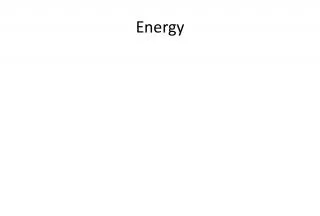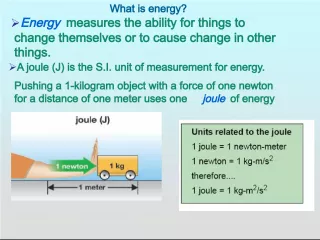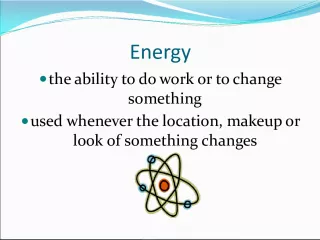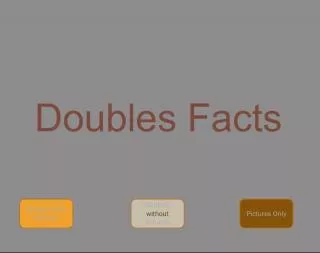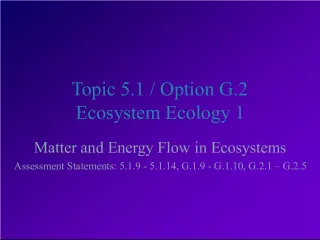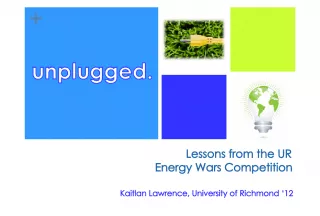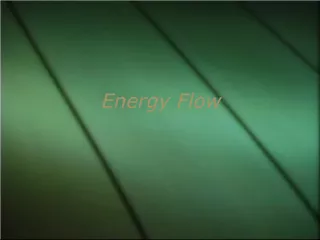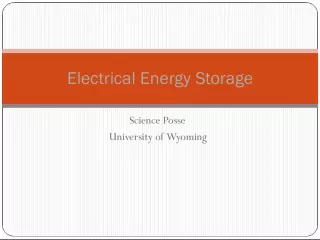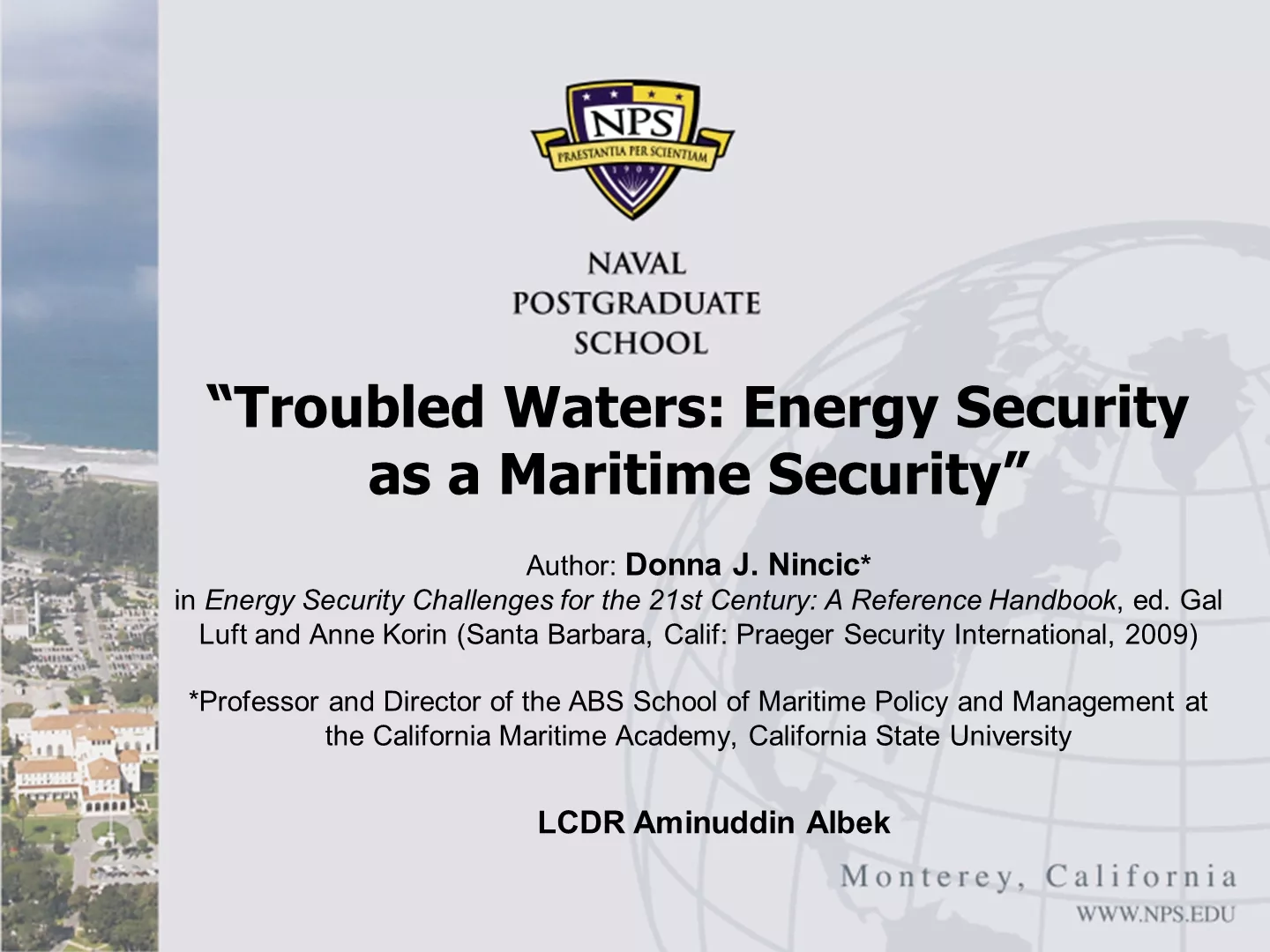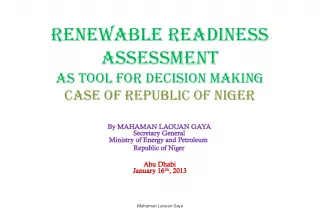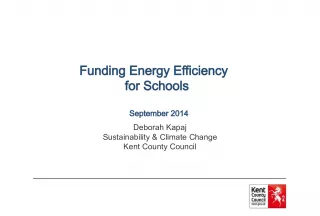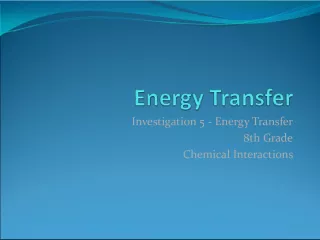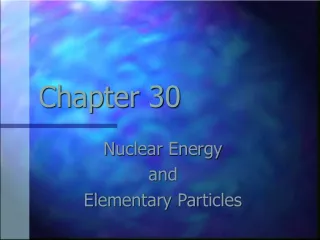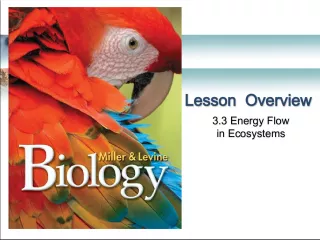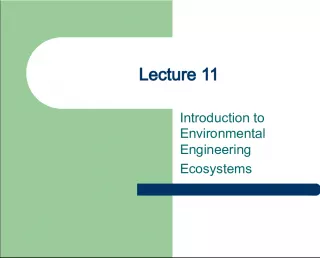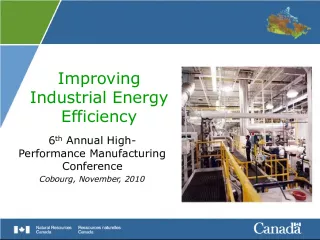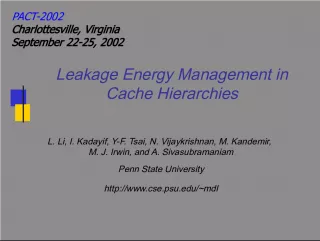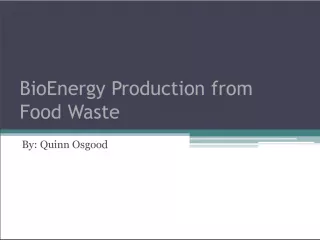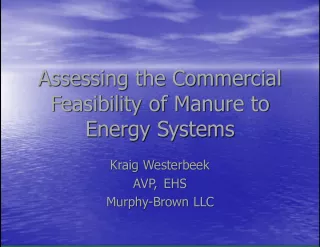Tips for Lowering the Energy Use of Your Home
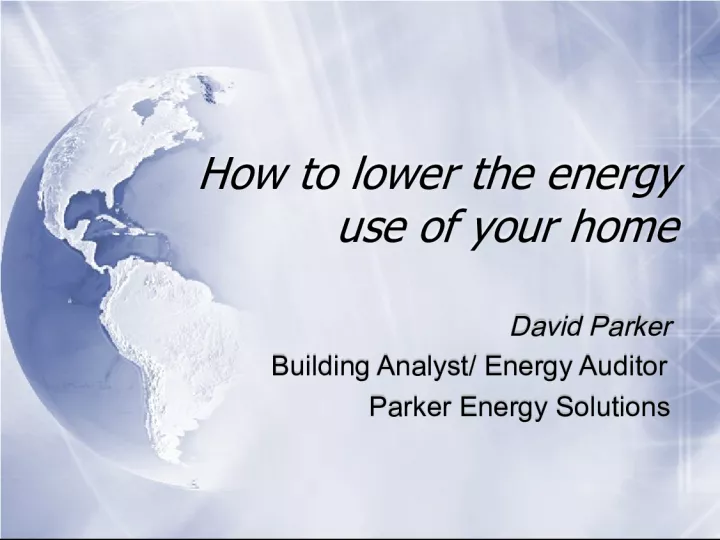

Learn about effective ways to reduce your home's energy consumption and save money on your utility bills. Our building analyst and energy auditor David Parker from Parker Energy Solutions will cover various topics, including energy use statistics and standards, home energy saving opportunities, energy auditing and certification, and more.
- Uploaded on | 3 Views
-
 enriquepierce
enriquepierce
About Tips for Lowering the Energy Use of Your Home
PowerPoint presentation about 'Tips for Lowering the Energy Use of Your Home'. This presentation describes the topic on Learn about effective ways to reduce your home's energy consumption and save money on your utility bills. Our building analyst and energy auditor David Parker from Parker Energy Solutions will cover various topics, including energy use statistics and standards, home energy saving opportunities, energy auditing and certification, and more.. The key topics included in this slideshow are energy use, home energy savings, energy auditing, conservation, efficiency, renewable energy,. Download this presentation absolutely free.
Presentation Transcript
1. How to lower the energy use of your home How to lower the energy use of your home David Parker Building Analyst/ Energy Auditor Parker Energy Solutions David Parker Building Analyst/ Energy Auditor Parker Energy Solutions
2. Topics to be covered Topics to be covered Energy use statistics & standards Home energy saving opportunities Home Energy Auditing Auditor Certification Saving energy by conservation, efficiency, Renewable generation Energy use statistics & standards Home energy saving opportunities Home Energy Auditing Auditor Certification Saving energy by conservation, efficiency, Renewable generation
3. Energy use statistics & standards Energy use statistics & standards What is energy? What is power? Units of energy & power. What is energy? What is power? Units of energy & power.
4. Energy Basics Energy Basics Energy is the ability to do work There are different forms of energy: Heat (thermal) Light (radiant) Motion (kinetic) Electrical Chemical Nuclear energy Gravitational Energy is the ability to do work There are different forms of energy: Heat (thermal) Light (radiant) Motion (kinetic) Electrical Chemical Nuclear energy Gravitational
5. Energy Units Energy Units BTU stands for British Thermal Unit, which is a unit of energy consumed by or delivered to a building. A BTU is defined as the amount of energy required to raise the temperature of 1 pound of water by 1 degree Fahrenheit, at normal atmospheric pressure. 1 wooden match = 1 BTU BTU stands for British Thermal Unit, which is a unit of energy consumed by or delivered to a building. A BTU is defined as the amount of energy required to raise the temperature of 1 pound of water by 1 degree Fahrenheit, at normal atmospheric pressure. 1 wooden match = 1 BTU
6. Energy conversion factors Energy conversion factors 1 kilowatt-hour(KWH)= 3412 BTU 1 therm of natural gas=100000 BTU 1 gallon of propane= 91300 BTU 1 cu. ft of natural gas= 1027 BTU 1 gallon of #2 fuel oil= 138700 BTU 1 kilowatt-hour(KWH)= 3412 BTU 1 therm of natural gas=100000 BTU 1 gallon of propane= 91300 BTU 1 cu. ft of natural gas= 1027 BTU 1 gallon of #2 fuel oil= 138700 BTU
7. Power defined Power defined Power is the time rate at which work is done or energy is transferred. Units of power: 1 horsepower= 760 watts 1 kilowatt= 1000 watts 1 watt = 1 joule/second 1 watt= 3.412 btu/hr Power is the time rate at which work is done or energy is transferred. Units of power: 1 horsepower= 760 watts 1 kilowatt= 1000 watts 1 watt = 1 joule/second 1 watt= 3.412 btu/hr
8. Power examples Power examples A 100000 BTU/hr propane furnace consumes a little more than 1 gallon of propane/hr. A 100000 BTU/hr natural gas furnace consumes about 100 cubic ft of natural gas/hr. A 100000 BTU/hr propane furnace consumes a little more than 1 gallon of propane/hr. A 100000 BTU/hr natural gas furnace consumes about 100 cubic ft of natural gas/hr.
9. Total US Energy Use by sector Total US Energy Use by sector Source: U.S. Energy Information Administration Annual Energy Review 2009
10. What are the top three things one can do to personally reduce his/her carbon emissions? What are the top three things one can do to personally reduce his/her carbon emissions? 1. Drive a more fuel-efficient car 2. Insulate/weatherize your home 3. Eat less beef 1. Drive a more fuel-efficient car 2. Insulate/weatherize your home 3. Eat less beef
11. How much energy do we use in our homes? (What is our Energy Use Intensity)? How much energy do we use in our homes? (What is our Energy Use Intensity)? A measure of the energy efficiency of a building Units of kbtu/ft^2/yr A measure of the energy efficiency of a building Units of kbtu/ft^2/yr Source: Energy Information Administration, Residential Energy Consumption Survey 2005
12. Source: DOE, 2009 Buildings Energy databook How do we use energy in our homes?
13. Home energy saving opportunities Home energy saving opportunities 1. Whole house air leakage/infiltration 2. Air duct leakage 3. Insulation 4. Other common opportunities 1. Whole house air leakage/infiltration 2. Air duct leakage 3. Insulation 4. Other common opportunities
14. Whole house air leakage Whole house air leakage Measured with a blower door Any leakage reduces the efficiency of your heating/cooling system Measured with a blower door Any leakage reduces the efficiency of your heating/cooling system Diagram courtesy of D.O.E. Energysavers booklet
15. Whole house air leakage (2) Whole house air leakage (2) Source: Retrotec Door Fan Manual 2009
16. Air duct leakage Air duct leakage Photo courtesy of DOE energysavers booklet
17. Air duct leakage(2) Air duct leakage(2) Source: PG&E (Proper procedures for charging A/C or heat pumps) The average forced air distribution system in California leaks about 30% Sealing a system to 5% leakage will reduce system energy consumption by 19% The average forced air distribution system in California leaks about 30% Sealing a system to 5% leakage will reduce system energy consumption by 19%
18. Insulation Insulation
19. Insulation Opportunities Insulation Opportunities 1. Inadequate insulation in ceiling,subfloor, and walls 2. Poor installation:gaps between batts and floor/roof joists 3. Missing/not coincident with pressure/air barrier (typical troublespots are showers/tubs and bay windows. 1. Inadequate insulation in ceiling,subfloor, and walls 2. Poor installation:gaps between batts and floor/roof joists 3. Missing/not coincident with pressure/air barrier (typical troublespots are showers/tubs and bay windows.
20. Quality insulation installation Quality insulation installation Source:DOE Building America 10.D.2 Redding Prototype House Progress Report 2006
21. Other common opportunities Other common opportunities Inadequate duct insulation Low air handler airflow Furnace/AC over-sized Ducts not sized correctly for room loads Inadequate duct insulation Low air handler airflow Furnace/AC over-sized Ducts not sized correctly for room loads
22. Home Energy Auditing Home Energy Auditing What is an energy audit? An energy audit or assessment is a service where the energy efficiency of a house is evaluated by a person using professional equipment (such as blower doors, duct testers, and combustion analyzers), with the aim to suggest the best ways to improve energy efficiency in heating and cooling the house. The audit also identifies any health, safety, or comfort issues. What is an energy audit? An energy audit or assessment is a service where the energy efficiency of a house is evaluated by a person using professional equipment (such as blower doors, duct testers, and combustion analyzers), with the aim to suggest the best ways to improve energy efficiency in heating and cooling the house. The audit also identifies any health, safety, or comfort issues.
23. Home Energy Auditing (2) Home Energy Auditing (2) The product of an audit is a report that gives recommendations on specific energy efficiency improvements. The report may also benchmark your home or compare your home to similar homes in your region. The product of an audit is a report that gives recommendations on specific energy efficiency improvements. The report may also benchmark your home or compare your home to similar homes in your region.
24. Home Energy Auditing (3) Home Energy Auditing (3) *Total annual savings do not add directly since each savings estimate assumes that all other features remain the same.
25. Auditor Certification Auditor Certification RESNET HERS raters certification BPI Building Analyst certification HERS Raters are trained to do both home energy audits and home energy ratings. BPI Building Analysts have more training (and required tests) with combustion appliances and measurements of the combustion appliance zone. RESNET HERS raters certification BPI Building Analyst certification HERS Raters are trained to do both home energy audits and home energy ratings. BPI Building Analysts have more training (and required tests) with combustion appliances and measurements of the combustion appliance zone.
26. Saving energy by conservation, efficiency, Renewable generation Saving energy by conservation, efficiency, Renewable generation The cheapest kwH is the one you dont use. Real time energy monitoring can help people conserve energy use. Energy efficiency improvements are the next priority On site renewable energy generation should be examined after the above methods are explored. The cheapest kwH is the one you dont use. Real time energy monitoring can help people conserve energy use. Energy efficiency improvements are the next priority On site renewable energy generation should be examined after the above methods are explored.
27. Summary Summary What we covered: Energy use statistics & standards Home energy saving opportunities Home Energy Auditing Auditor Certification Saving energy by conservation, efficiency, Renewable generation What we covered: Energy use statistics & standards Home energy saving opportunities Home Energy Auditing Auditor Certification Saving energy by conservation, efficiency, Renewable generation
28. Questions? Questions?
